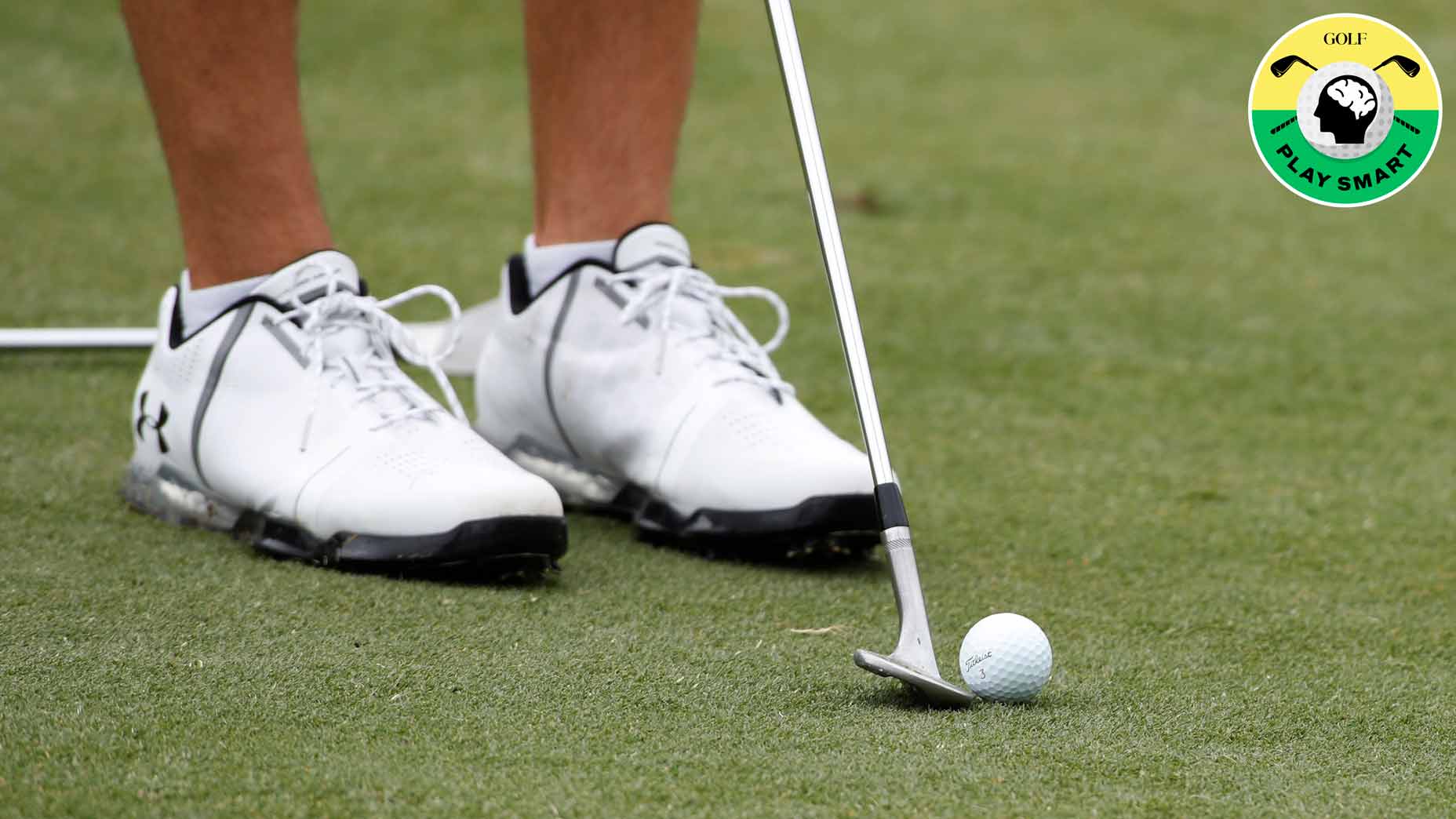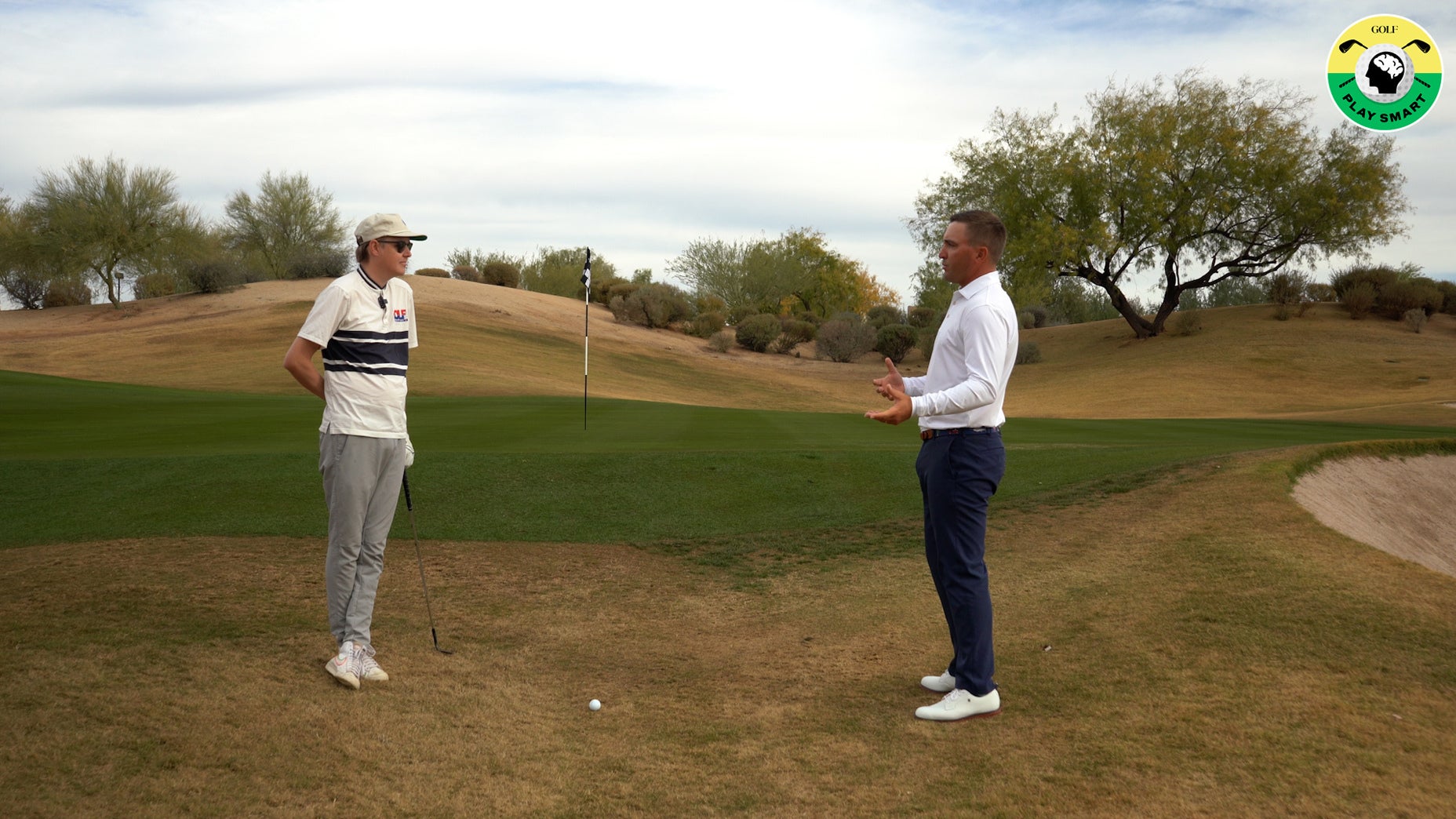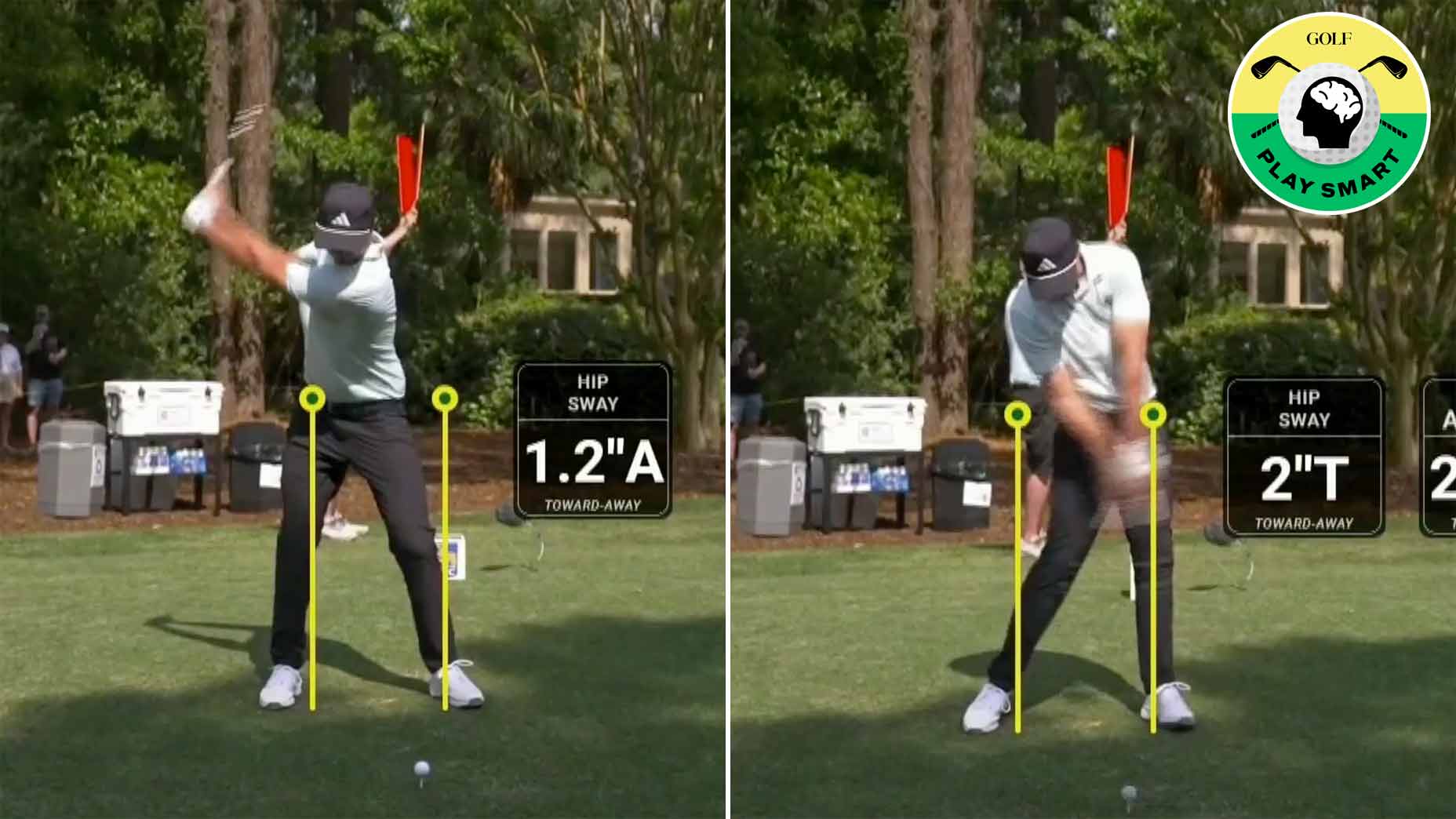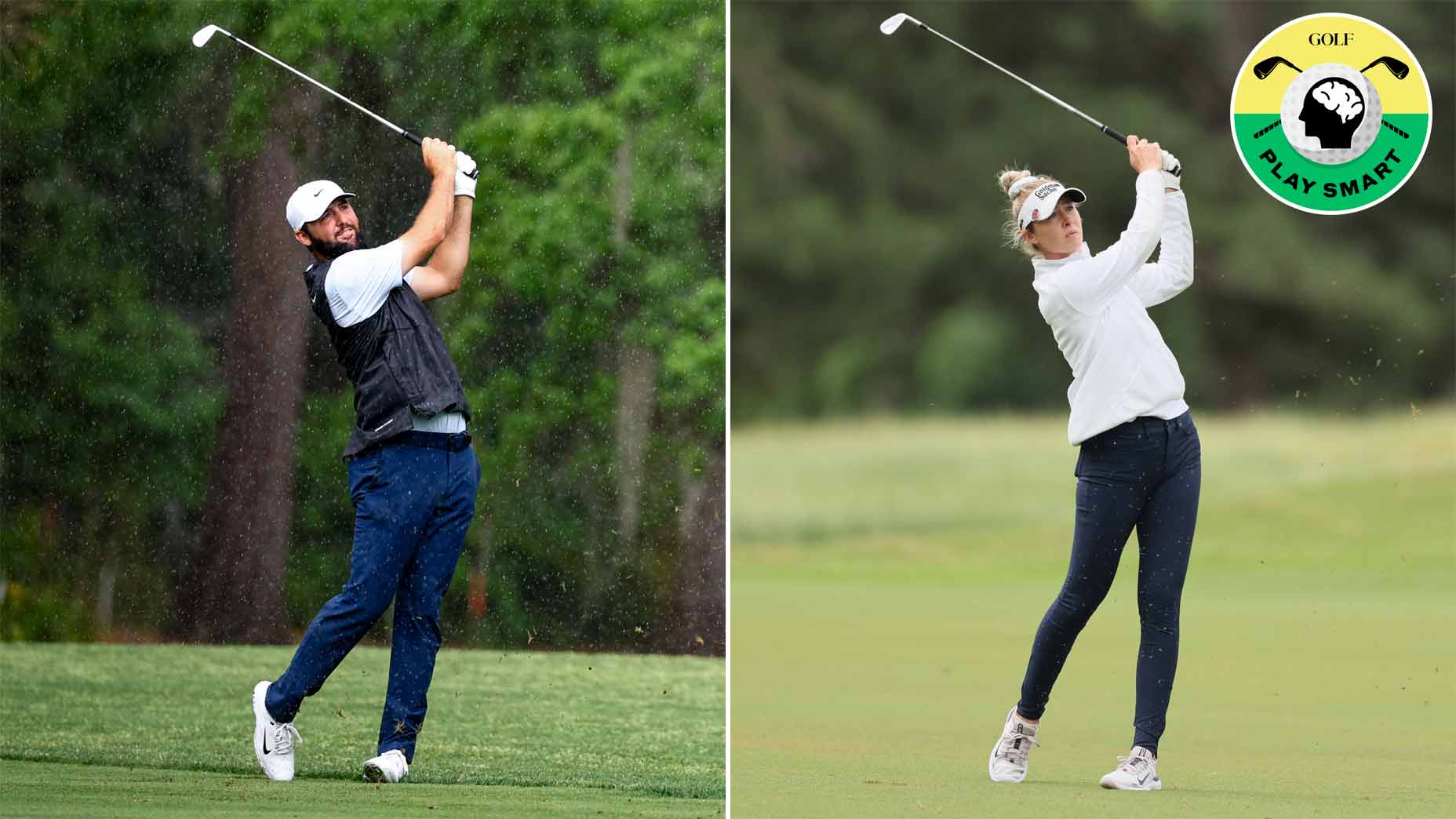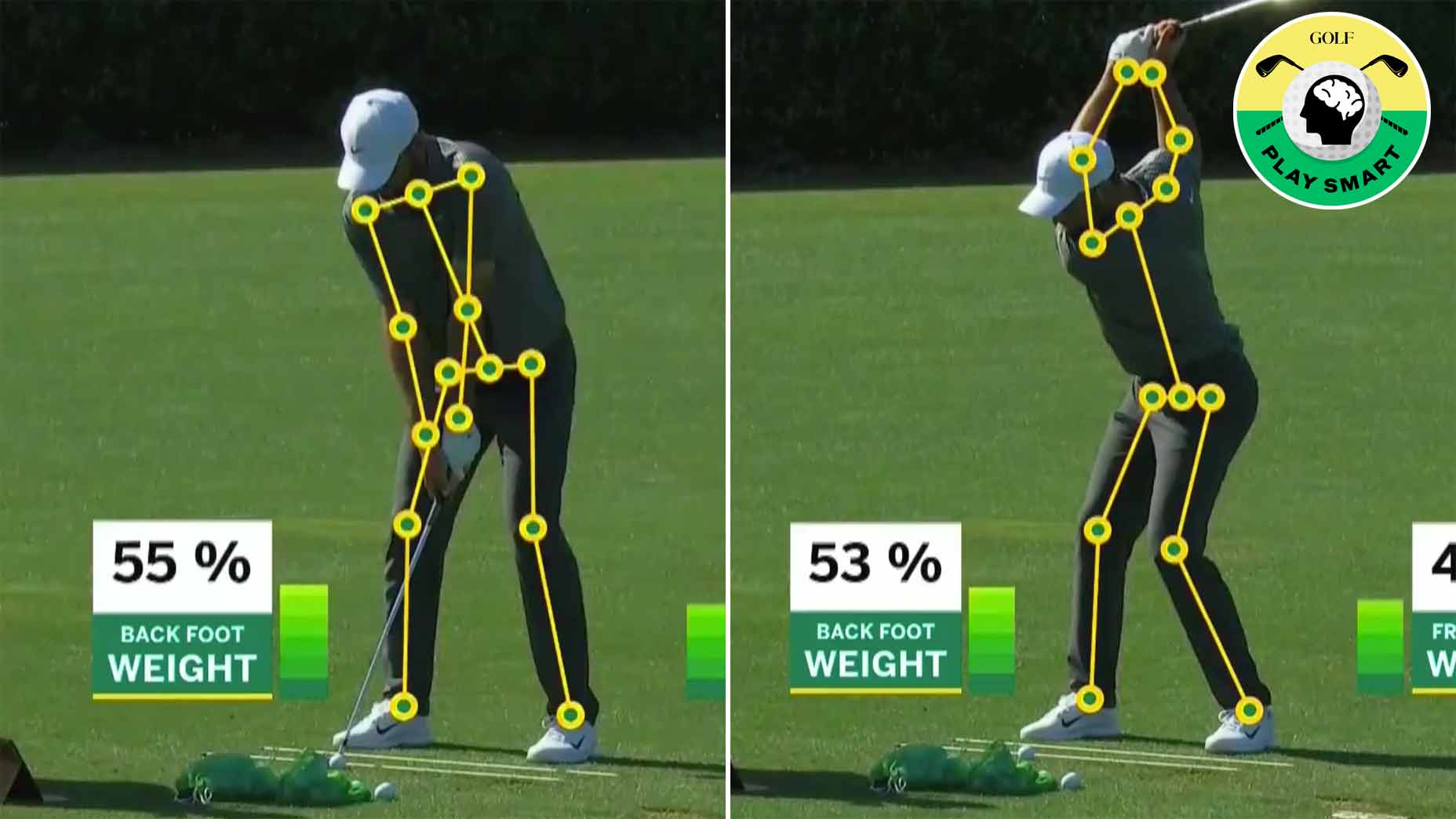Johnny Miller: Copy Lee Trevino’s signature move to become a great ball striker
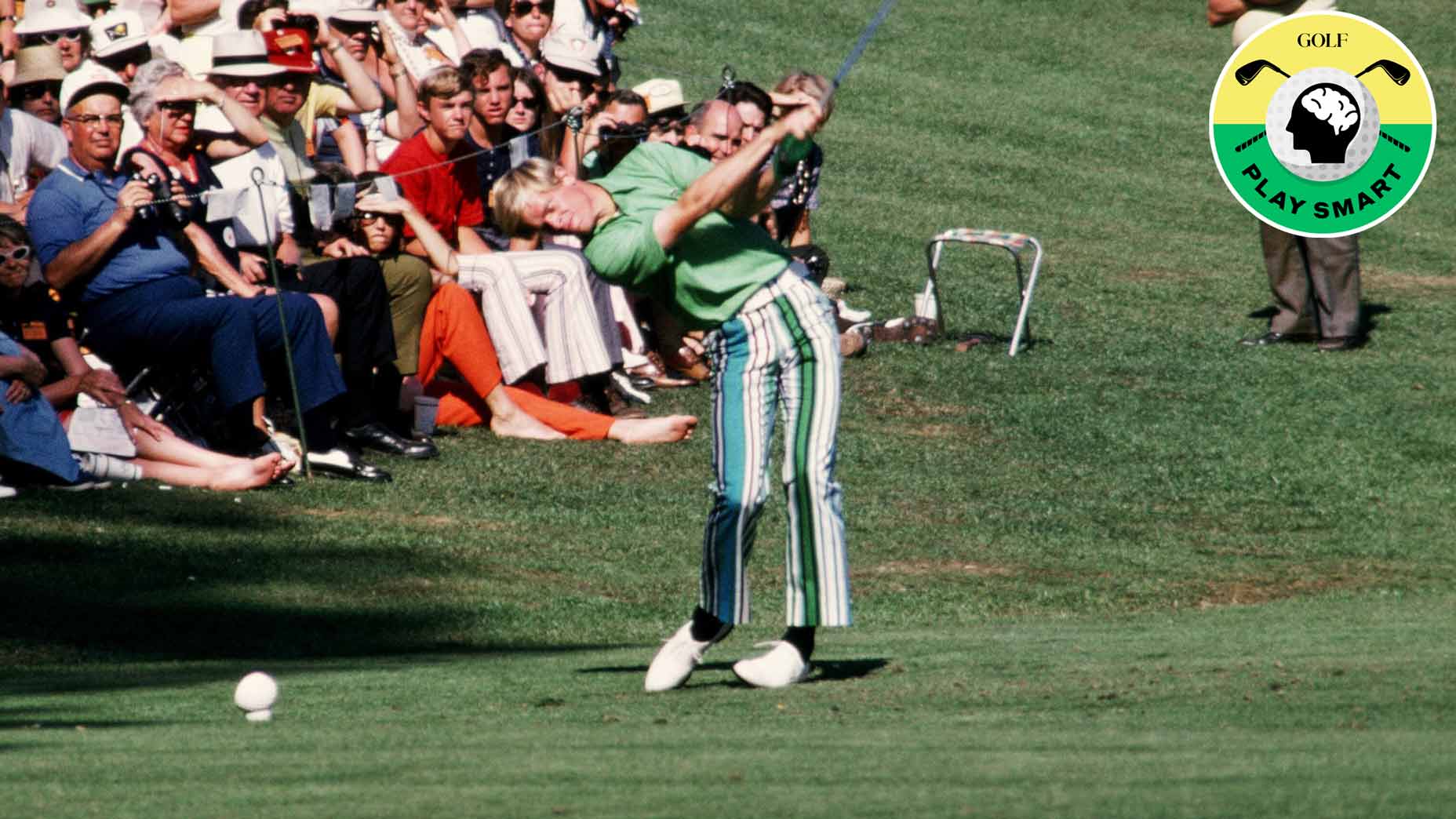
In this edition of Play Smart, we hear from Johnny Miller about a move that is shared by all great ball strikers.
Getty Images
Welcome to Play Smart, a regular GOLF.com game-improvement column that will help you play smarter, better golf.
Johnny Miller might be known by the younger generation for his brutally honest broadcasting habits, but before he was in the tower, he was one heck of a player.
In the early 70s, he won 18 times — including two majors — and shot an iconic 63 at Oakmont. In fact, his talent was so supreme in the ball-striking department that he’s still regarded as one of the best to ever do it. Miller might not always get the praise of some of the other legends of the game, but when it comes to ball striking, there’s few who would doubt his chops.
Between his playing career and his stint as a broadcaster, the 76-year-old has seen plenty of other great ball strikers showcase their talents. Every great player is able to get the clubface back to square at impact, but there are certain idiosyncrasies that become their “signature” move and help them put their own stamp on the swing.
“[Lee Trevino] had a unique move that a lot of great ball strikers have,” Miller says. “What he did that set him apart was when he went through, he would chase down down the line [with his head].”
If you watch Trevino’s swing, you’ll see exactly what Miller is talking about. As the club comes through the hitting zone, Trevino’s head does not stay still. Instead, he allows it to move down the target line.
“A lot of the great ball strikers, that’s one of the characteristics they [share],” Miller says. “Instead of just swinging in a circle, when they get in the [hitting zone], they go after it like that.”
Miller explains that Byron Nelson employed a similar move, and it’s something that he mimicked in his own swing. Why does this move work? Well, when you “chase” down the line, it allows full extension with your trail arm, a key ingredient of any solid strike.
“If you want to hit that nice little controlled fade, chase it down the line,” Miller says. “That’s a great move.”



